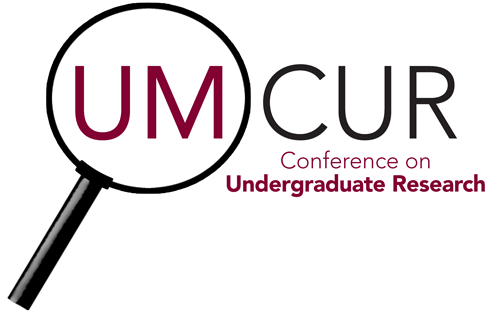
Poster Session #2
Project Type
Poster
Faculty Mentor’s Full Name
Yolanda Reimer
Faculty Mentor’s Department
Computer Science
Abstract / Artist's Statement
Improving the Accuracy of Digital Seismic Traces Generated from Images of Paper Sign Bit Seismic Sections.
A reflection seismic survey of Flathead Lake was recorded in August 1970. These data exist today in two media: analog magnetic tape recordings of full-waveform seismic traces (digitized to .wav) and redisplayed paper sections of the data using sign bit rendering. Sign bit rendering only indicated when the amplitude of the trace signal was above zero, which resulted in a considerable loss of dynamic range. Unfortunately, of the 200 km of data recorded, less than 60 km are preserved on magnetic tape. This project processed the scanned images of the paper sign bit sections in an attempt to generate digital seismic traces for the whole set of lines. We contrast our method with an earlier proof-of-concept method implemented by Robert Lankston. The results of this method are available through the University of Montana ScholarWorks site (https://scholarworks.umt.edu/flathead/). Our new development employs additional steps of conditioning the scanned images. The original mechanical redisplay method caused the seismic traces in each image to exhibit a slight skew to the right as they descend the page. We correct the skew using an affine transformation. Once the traces are aligned vertically, we use an automatic algorithm of our design for identifying individual traces. After conditioning, the software offers the user options for converting the scanned image to digital traces. These generated traces are then compared numerically to the data recovered from magnetic tape to gauge the quality of the transformations. For comparison, this step is repeated with traces generated by the proof-of-concept method. Our software can be used for recovering traces from legacy hardcopy sections whose tape component has been lost or was never recorded.
Category
Physical Sciences
Generating Digital Seismic Traces from Paper Sign Bit Sections
UC South Ballroom
Improving the Accuracy of Digital Seismic Traces Generated from Images of Paper Sign Bit Seismic Sections.
A reflection seismic survey of Flathead Lake was recorded in August 1970. These data exist today in two media: analog magnetic tape recordings of full-waveform seismic traces (digitized to .wav) and redisplayed paper sections of the data using sign bit rendering. Sign bit rendering only indicated when the amplitude of the trace signal was above zero, which resulted in a considerable loss of dynamic range. Unfortunately, of the 200 km of data recorded, less than 60 km are preserved on magnetic tape. This project processed the scanned images of the paper sign bit sections in an attempt to generate digital seismic traces for the whole set of lines. We contrast our method with an earlier proof-of-concept method implemented by Robert Lankston. The results of this method are available through the University of Montana ScholarWorks site (https://scholarworks.umt.edu/flathead/). Our new development employs additional steps of conditioning the scanned images. The original mechanical redisplay method caused the seismic traces in each image to exhibit a slight skew to the right as they descend the page. We correct the skew using an affine transformation. Once the traces are aligned vertically, we use an automatic algorithm of our design for identifying individual traces. After conditioning, the software offers the user options for converting the scanned image to digital traces. These generated traces are then compared numerically to the data recovered from magnetic tape to gauge the quality of the transformations. For comparison, this step is repeated with traces generated by the proof-of-concept method. Our software can be used for recovering traces from legacy hardcopy sections whose tape component has been lost or was never recorded.